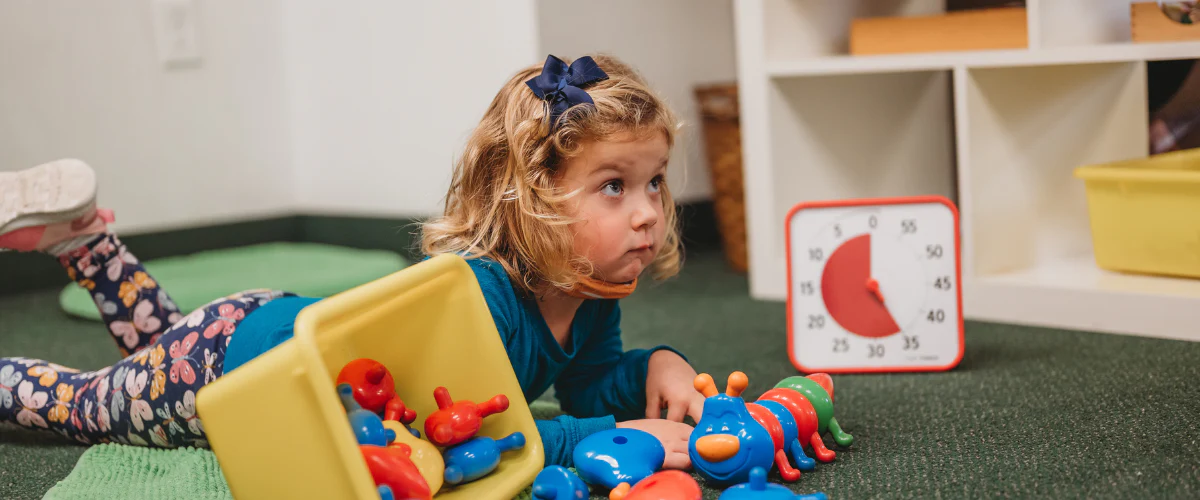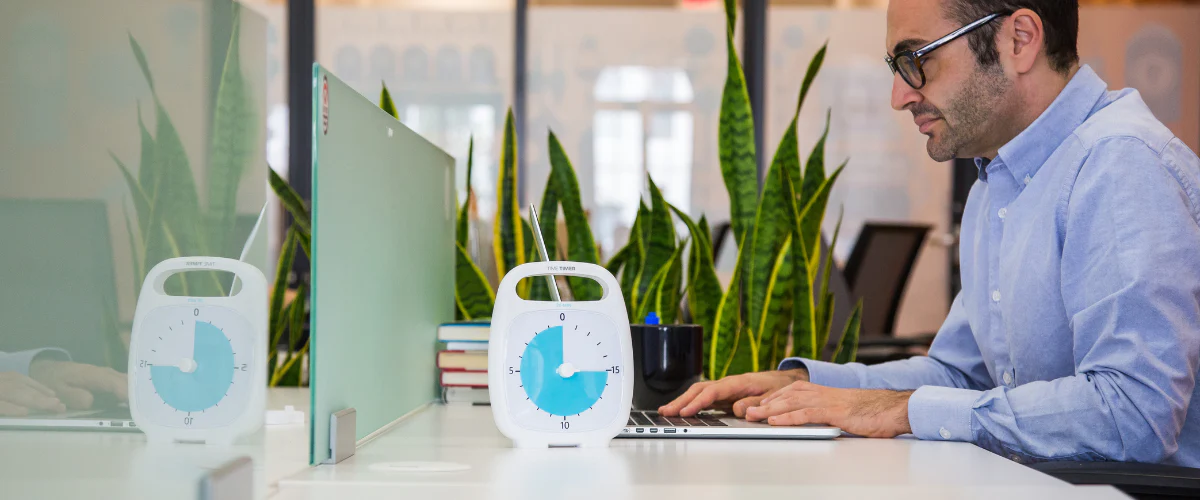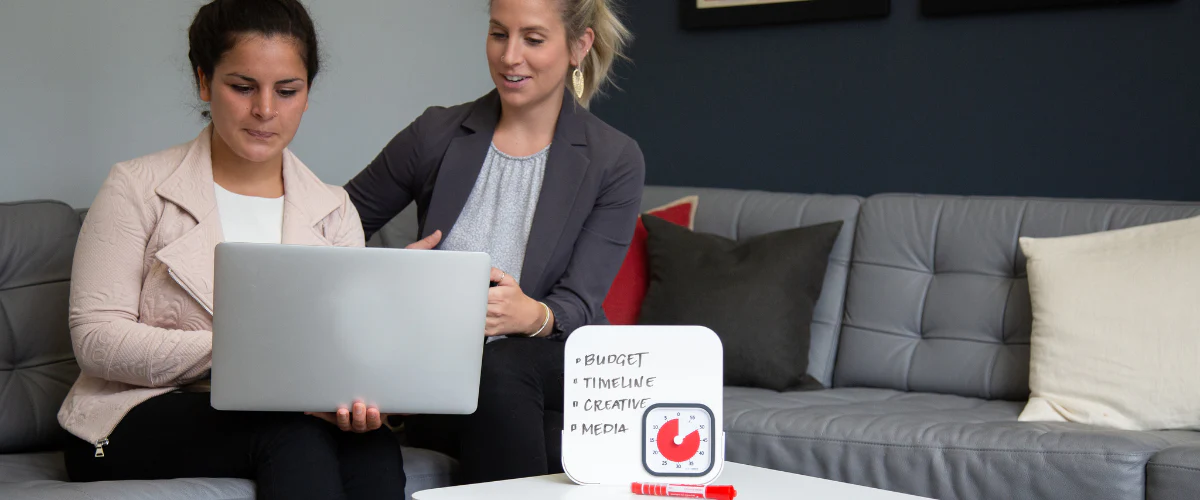Vielleicht haben Sie ein oder zwei Schüler in Ihrer Klasse mit Aufmerksamkeitsdefizit-/Hyperaktivitätsstörung (ADHS). Sie sind wahrscheinlich intelligent und toll, stehen aber wahrscheinlich auch vor Herausforderungen – sie verlassen mitten im Unterricht ihren Platz oder haben Mühe, Hausaufgaben zu erledigen. Um eine wirklich inklusive Klasse zu gestalten, benötigen Sie möglicherweise ein paar Tipps und Techniken, um diesen Schülern zu helfen, Lernbarrieren zu überwinden. Anlässlich des ADHS-Awareness-Monats haben wir vier Inklusionsstrategien für den Unterricht zusammengestellt, die allen Ihren Schülern helfen könnten.
1. Einfach bewegen, bewegen
Den meisten Schülern fällt es schwer, lange am Schreibtisch zu sitzen. Für Menschen mit ADHS ist es jedoch eine besondere Herausforderung. Die Lösung? Bauen Sie etwas Bewegung in Ihren Unterrichtsplan ein. Machen Sie gemeinsam ein paar Minuten Dehn- oder Tanzpause. Oder wenn Sie ein Yogi sind, leiten Sie Ihre Klasse vielleicht in ein paar einfachen Stehübungen an.
Weitere Optionen: Flexible Sitzgelegenheiten im Klassenzimmer bieten Schülern automatisch mehr Bewegungsfreiheit. Und wenn Schüler einfach an ihren Tischen stehen können, anstatt zu sitzen, kann das die Konzentration fördern. Eine Studie ergab sogar , dass das Sitzen auf Therapiebällen statt auf Stühlen Schülern mit ADHS half, an ihren Plätzen zu bleiben und Aufgaben zu erledigen.
2. Climb Mountains in the Morning
Try tackling the hardest lessons and tasks with your class early in the day. Some students with ADHD may struggle more with focus as the day goes on, so it might be helpful to do tough tasks first thing. Climbing those mountains early on can also help build a sense of accomplishment and momentum as you move through easier activities in the afternoon. We suspect this particular classroom inclusion strategy might just help teachers as much as the students.
3. Turn Time into a Friend
Focus can be a big battle for students with ADHD, so consider investing in the Time Timer MAX™ to break things down into manageable bites. Hang this over-sized timer—17x17 inches for easy viewing!—on the wall or set on the shelf in the front of the room. Then set it for 5 minutes and give the whole class a clear, concise task. Work on writing this paragraph until the red disk disappears. Read this novel until the 5-minute time period is up. Eventually, you can try stringing together multiple 5-minute periods with 1- or 2-minute breaks in-between. It’s about making time more visual, tangible and approachable.
4. Be Predictable
Sometimes inclusion in the classroom is about the basics. Structure and routine can be a big help for students with ADHD. Take a second look at your classroom schedule and see if there’s a way to make it even more clear and predictable. For starters, try posting it on the wall where everyone can see it—bonus points if it’s visual! You might even try asking your students for feedback on the classroom schedule and ideas for improving it. Do they need more time for transitions? What do they like most about the current schedule? And least?
While these tips are a great jumping off point for a more inclusive classroom, it’s important to remember that every kid with ADHD is different. A technique that works for one student may be a flop with another. You’ll need to embrace flexibility and positivity until you find what works for your students.





